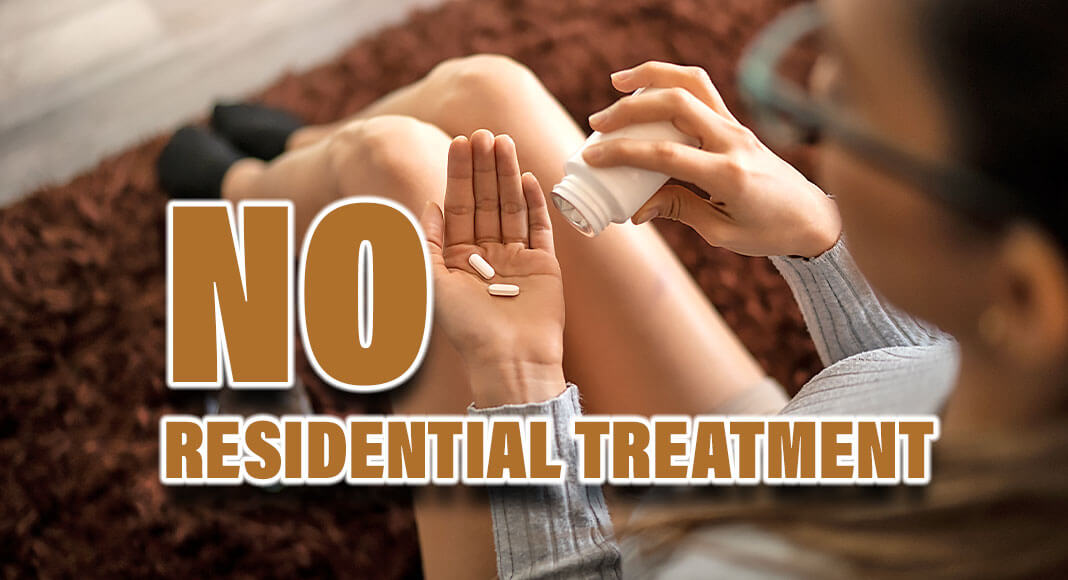
Mega Doctor News
Newswise — CHICAGO – Approximately 7 million adults in the U.S. are living with opioid use disorder (OUD). Yet a new Northwestern Medicine study that measured residential treatment use among Medicaid enrollees across nine states found only 7% of enrollees with OUD received residential treatment, an integral part of the recovery process for many.
“Given the worsening opioid crisis, that number seems low,” said corresponding author Lindsay Allen, a health economist and assistant professor of emergency medicine at Northwestern University Feinberg School of Medicine. “We’re probably leaving effective treatment for millions on the table.”
Additionally, usage across the nine states varied widely, the study found, with some states providing residential treatment for only 0.3% of their Medicaid enrollees with OUD, and others providing up to 14.6%. The contrast in usage could be attributable to differences in insurance coverage by state, supply of facilities, and the characteristics of the states’ populations, Allen said.
“It’s disconcerting that these rates range so drastically,” Allen said. “We don’t know the ‘right’ number of people that need residential care, but it’s clearly more than what is being used.”
The findings will be published after 9 a.m. (ET) April 12 in the Journal of Substance Use and Addiction Treatment. Results from this large nine-state study add context to the ongoing national conversation around OUD treatment and policy, providing a baseline for future research.
‘One of the best treatments for severe substance use’
Residential treatment centers are 24-hour, live-in facilities (sometimes referred to as “rehab”) that provide structured support, which can include individual and/or group therapy and medication for opioid use disorder, such as methadone and buprenorphine.
“Residential treatment – as long as it is evidence based – is one of the best treatments for those with severe substance use,” Allen said. “It helps move people into meaningful long-term recovery, which saves lives and reduces the need for costly health care in the long term.”
Prior to this paper, researchers struggled to make lateral comparisons of treatment use across states because state Medicaid programs define and reimburse for residential treatment differently. This is the first study to provide an apples-to-apples comparison of how many Medicaid enrollees with OUD across several states are receiving residential treatment. The scientists used a distributed research network, which standardized the nine states’ Medicaid data.
Why state Medicaid data matters in OUD treatment
Medicaid provides health coverage to low-income people and is one of the largest payers for health care in the U.S. As more Medicaid agencies begin covering residential OUD treatment, it is important to capture use of residential OUD treatment across state Medicaid populations for benchmarking purposes and to help guide policy decisions, Allen said.
Because Medicaid is a state-run program, any plans to increase residential treatment rates are up to the state, itself. However, there are several federal mechanisms (such as a Section 1115 waiver) that states can use to reimburse (and sometimes get federal financial assistance for) the care, Allen said.
The nine states that took part in this study — Delaware, Kentucky, Maryland, Michigan, North Carolina, Ohio, Pennsylvania, Virginia and West Virginia — represent 14.9 million people (20% of all Medicaid enrollees). Results from each state were de-identified due to confidentiality agreements with the state partners.
Funding for this study was provided by the National Institute on Drug Abuse of the National Institutes of Health (grant 5R01DA048029).










